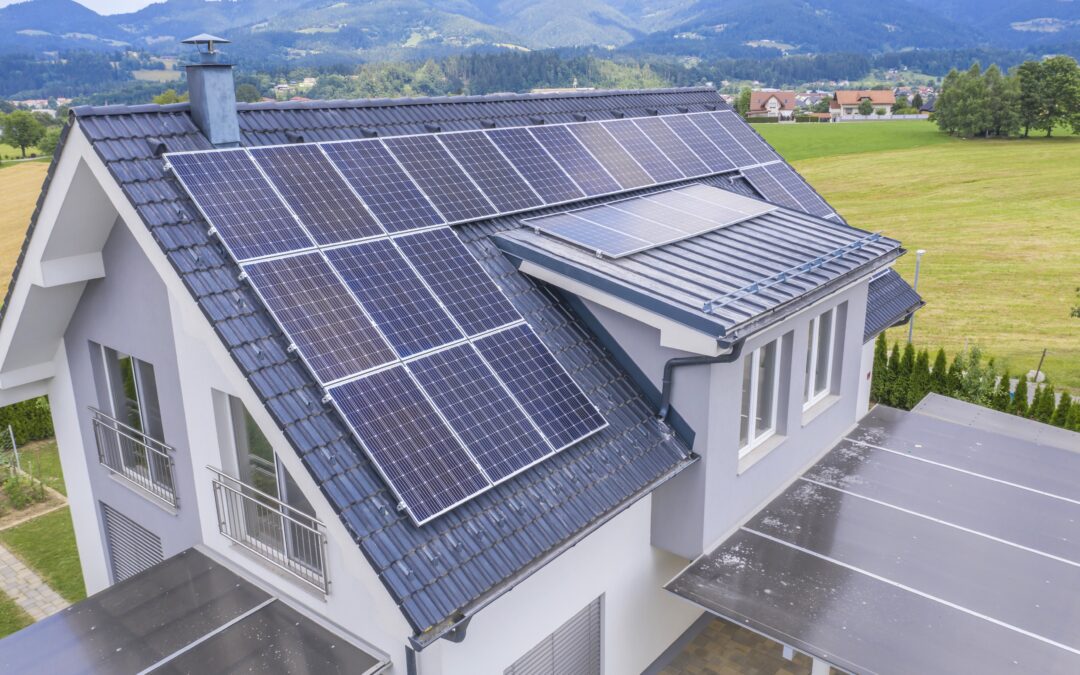Poland’s grid operator, PSE, yesterday declared an official threat to the security of electricity supplies for only the second time in history. The reason was an oversupply of renewable energy in the system, with PSE ordering solar and wind facilities to be disconnected temporarily.
The move came amid particularly sunny weather over the weekend and follows a huge expansion of solar installations in Poland over recent years, which has led experts and officials to warn that the electricity grid needs to be upgraded to handle growing renewable sources of energy.
“In connection with the state of a threat to the security of electricity supply, we would like to inform you about the shutdown of PV [photovoltaic] sources,” announced PSE on Sunday. It was the first time the operator has ever moved to disconnect solar sources from the grid.
Only once before has PSE invoked its emergency power to declare a threat to electricity supplies. That came last September, and then it was due to concern over a lack of sufficient supplies rather than a surfeit of power.
Uwaga❗️ W związku z ogłoszonym przez Krajową Dyspozycję Mocy stanem zagrożenia bezpieczeństwa dostaw energii elektrycznej, informujemy o wyłączeniach źródeł #PV przyłączonych do sieci PGE Dystrybucja SA.
➡️ https://t.co/IUEX3J21Ck pic.twitter.com/kkRRIEhsLz— PGE Polska Grupa Energetyczna (@Grupa_PGE) April 23, 2023
As well as solar, wind generation was also disconnected from the grid yesterday afternoon where possible. Electricity news service Wysokie Napięcie notes that forecasts indicated solar would provide 7.5 GW of power at peak times on Sunday with a further 1-3 GW from wind.
That would amount to around two thirds of total demand of 15 GW. However, because most of Poland’s electricity is generated from old coal-fired power plants, which cannot easily be switched off, that necessitated reducing the contribution of renewables. Some electricity was also exported to Germany, Slovakia and Sweden.
“Such orders to limit production will occur more and more often in Poland and other countries…especially where the share of energy storage is small,” notes Wysokie Napięcie.
Poland’s climate ministry has outlined plans for the country to generate three quarters of its electricity from zero-emissions sources by 2040, with 51% coming from renewables and almost 23% from nuclear https://t.co/CksVqGQXkV
— Notes from Poland 🇵🇱 (@notesfrompoland) April 4, 2023
Poland has seen a boom in solar power over recent years. In 2022, it installed the third most new solar capacity in the European Union, behind only Germany and Spain. Electricity from renewable micro-installations – mostly home solar panels – more than doubled last year.
There has also been a rise in wind energy over the last decade, though that has been limited since 2016 by tight restrictions on where turbines can be located. The government is currently seeking to loosen those rules as well as to create Poland’s first ever offshore wind farms.
In March this year, the president of the Energy Regulatory Office (URE), a state body, warned that “the power system requires an urgent adaptation” to cope with the rise in renewable sources, especially micro-installations.
Earlier this month, the government announced plans for renewables to contribute 51% of Poland’s electricity mix by 2040, up from 17% in 2021.
Renewable energy micro-installations contributed over twice as much power to Poland's electricity network last year as in 2021.
The majority of that came from home solar installations, which have boomed thanks to a state subsidy schemehttps://t.co/1ZRcy65gyZ
— Notes from Poland 🇵🇱 (@notesfrompoland) March 21, 2023
Main image credit: Image by wirestock on Freepik

Daniel Tilles is editor-in-chief of Notes from Poland. He has written on Polish affairs for a wide range of publications, including Foreign Policy, POLITICO Europe, EUobserver and Dziennik Gazeta Prawna.




















